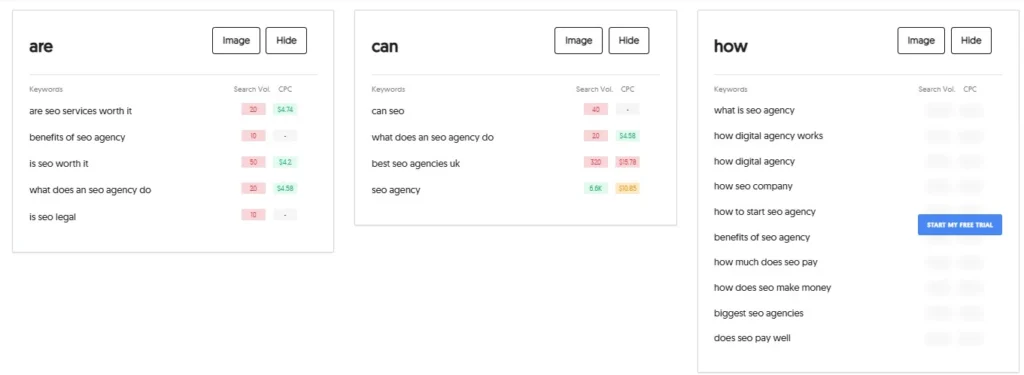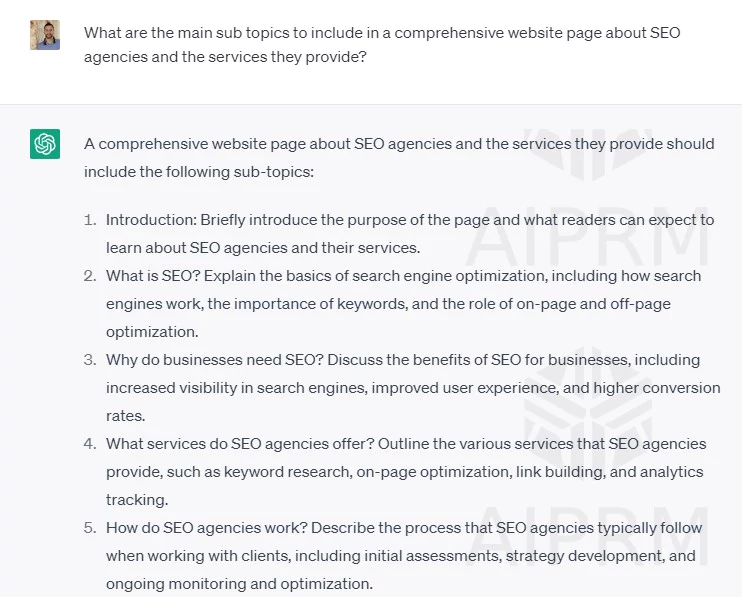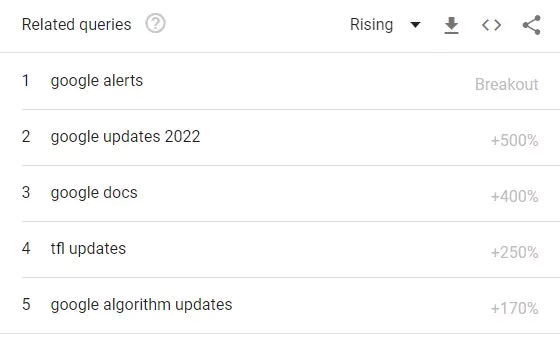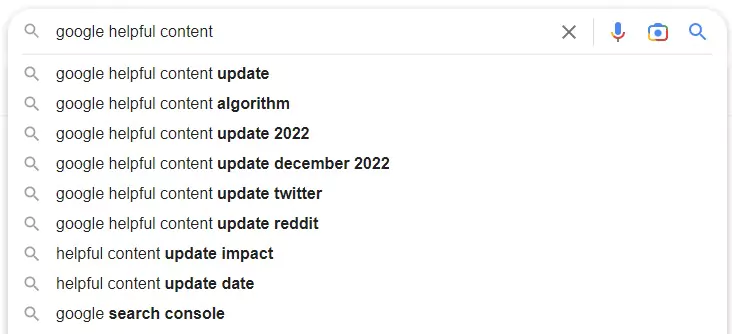Looking for best Find Low Competition Keywords Using Free Tools, then you are in the right page, read this blog till end. In the realm of search marketing, an abundance of opportunities continually arises for uncovering and targeting keywords across varying levels of intent, competition, and difficulty. This article zeroes in on the realm of lower competition keywords, underscoring their significance within marketing campaigns.
While the free tools and methodologies I discuss here align with my personal preferences, it’s important to recognize the multitude of effective approaches available through complementary tools and technologies. While my primary focus lies in unearthing keywords for SEO, these strategies are equally applicable across diverse marketing channels and objectives.
Exploring Keyword Ideas Using Free Tools
A plethora of tools exists for keyword research, with a crucial emphasis on harnessing free options adeptly. These encompass Google Search Console, Keyword Planner, Trends, and direct analysis of SERPs. Additionally, leveraging free versions of free tools and technologies like ChatGPT, Semrush, and ScreamingFrog presents further avenues.

While this approach may entail more manual effort compared to utilizing paid solutions, it offers valuable insights into expansive data sets and facilitates the refinement of personalized processes for conducting keyword research.
Step-by-Step Guide to Unveiling Low-Hanging Fruit Opportunities with Free Tools
Embark on a systematic journey toward discovering plentiful opportunities with these step-by-step instructions, commencing with an examination of your foremost competitors’ websites.
Step One: Identifying Topics
Initiate the process by scrutinizing the overarching categories showcased on the top three competitor websites within your digital domain. This can be accomplished manually or by utilizing the free tools version of ScreamingFrog to crawl the sites (covering the top 500 pages) for a more comprehensive insight into their content.
Take note of any recurring categories and primary content topics present on one or more of these external platforms but conspicuously absent from your own content. Check this all in one SEO toolset
In cases where this isn’t readily apparent, free tools like Ahrefs and Semrush can aid in conducting content comparisons at both the keyword and content levels. Both platforms offer scaled-back trial versions for free tools.
Step Two: Crafting a Holistic View of the Topical Landscape
After identifying several initial topic gaps, it’s imperative to devise a comprehensive strategy for addressing these gaps in content coverage, catering to both user needs and search intent.
A valuable next step involves delving into the diverse desires, requirements, and pain points of your target audience pertaining to the topic area. This can be achieved by inputting the main topic/product/service terms into a free tools such as AnswerThePublic.
Here’s an illustrative example using the input phrase ‘SEO agency’:

The provided snippet showcases a glimpse of the extensive information available in the ‘data’ view, which can also be presented in a visually engaging mind map format. Export all the questions, prepositions, comparisons, and related data to gain a comprehensive understanding of the typical queries your forthcoming content will address.
While individual terms and questions may exhibit low levels of competition and search volumes, the broader topic will encompass numerous semantically relevant terms, offering ample opportunities for metric-driven advancements.
By organizing the data into topics and subtopics, you gradually construct a content roadmap highlighting the existing gaps (potentially ripe low-hanging fruit and pertinent low-competition keywords) on your site compared to competitors.
Step Three: Validating with Artificial Intelligence (AI)
Had this post been composed a few months earlier, the inclusion of AI might have seemed improbable. However, given the rapid adoption of AI, particularly in marketing, it’s challenging to ignore its significant role.
In this scenario, I recommend cross-checking the core content framework for confidence using ChatGPT, ensuring no crucial elements are overlooked. This step also informs the subsequent stage of the process.
To execute this, navigate to https://chatgpt.org/ and select ‘Open Chat.’ From there, simply input your request and commence the conversation. Here’s an excerpt of a response from ChatGPT, maintaining the focus on content creation targeting low-competition keywords within the topic of ‘SEO agency’:
Following this, you will have compiled a substantial list of target keywords alongside your content framework for their utilization.
To ensure confidence in this and expand your topical coverage further, I suggest conducting basic Google search queries directly within the SERPs to determine the number of pages (or total content gaps) ranking for any given keyword or topic area.

You can accomplish this by visiting the Google search engine and employing search operators to retrieve content specific to your website only. For instance, by using the search operator site:YourWebsiteName “YourTopicTerm,” you can identify any ranking pages from your domain indexed with that term present.
Similarly, you can explore external competitor sites using the search operator site:YourCompetitorWebsiteName “YourTopicTerm” to uncover related content on the topic and identify potential low-competition keywords to target. You can refine this search further to focus solely on keywords used within URLs.
This approach helps narrow down the search results to pages directly relevant to the overarching topic, rather than just tangentially associated content. Repeat this process for external competitor sites as well. If you’re examining a long-tail query, utilize the ‘allinurl’ search operator.

Note: These search operators can also be used without specifying a domain prefix to retrieve all related content, not just from your site or a specified external site, that ranks for a specific content term/keyword.
For example, ‘allinurl:KeywordTopic’ without a domain prefix, and with the domain added, it would be site:YourCompetitorWebsiteName “allinurl:YourTopicTerm.” While numerous other search operators exist, the ones above serve as a valuable starting point.
Step Four: Overlay Metrics Data to Prioritize Focus Keywords
Simply copy/paste the main terms into Google Keyword Planner to accomplish this. Google Keyword Planner offers related metric information such as cost per click, competition, search volume, etc.
Go From Beginner to Expert in
Just 8 Months!
With Purdue PG Digital Marketing Program
Export this data so that each topic area possesses all the necessary information to prioritize target terms into short-term, mid-term, and long-term goals.
At this stage, you’ll possess data to guide the creation of new content based on existing content from top competitors, identify gaps on your site, and explore ranking content related to specific terms, topics, and subtopics.
Identifying Emerging Trends for Low-Hanging Fruit
Emerging trends provide an excellent opportunity to target new search demands before they become highly competitive.
While briefly touched upon in the previous example, it’s beneficial to explore this tactic using Google Trends. Google Trends swiftly identifies changes in interest levels and new and emerging trends.
Lower trend levels often correspond to lower competition, making it advantageous to establish all content assets and optimizations during such periods. This positions you effectively for when demand and competition escalate.
Lower trend levels often correspond to lower competition, making it advantageous to establish all content assets and optimizations during such periods. This positions you effectively for when demand and competition escalate.
Similarly, capitalize on new and developing trends. For instance, consider the dips in search interest preceding high-interest periods, as illustrated by the search topic “Google updates.”
Maximizing gains during low-interest periods prepares you for seasonal or industry trends that subsequently surge in interest.
Using the same topic and free tools, you can identify new trends to target, such as Google algorithm updates, TFL updates, and more, along with the percentage growth. You can then examine other tools like Google Keyword Planner to assess the volume of these terms and related terms.

Embracing Conversational Search
Voice and conversational search have garnered increasing significance in search impact, opportunity, and commercial value for over four years.
Users seek to replicate offline experiences online, relying on voice-enabled devices daily (e.g., home speakers, mobile voice search).
A significant advantage of voice and conversation-based search lies in the predominance of 5 to 10-word search strings, typically resulting in lower competition levels.
Most of your existing website content lends itself well to integrating conversational updates and adopting a more natural language approach.

To identify these opportunities, manually search in Google and explore predictive search, rich results such as Google Answers, and related searches, all about the topic of “Google helpful content update.”
Subsequently, add these topics and terms to Google Keyword Planner to acquire data on CPC, competition, etc., enabling you to target only those terms with lower competition levels.
Conclusion
In this post, we’ve delved into diverse strategies for uncovering low-competition keywords effectively. Beginning with the identification of content gaps vis-à-vis top competitors through free tools, we’ve outlined a systematic approach to discovering untapped opportunities consistently.
Moreover, we’ve explored leveraging trends data to capitalize on emerging trends and seize opportunities during periods of lower interest, positioning oneself strategically for future demand surges.
Lastly, we emphasized the importance of adopting a conversational tone in content and marketing efforts. By infusing a human touch, businesses can thrive in areas with lower keyword competition while catering to users’ needs in mirroring their offline experienc

